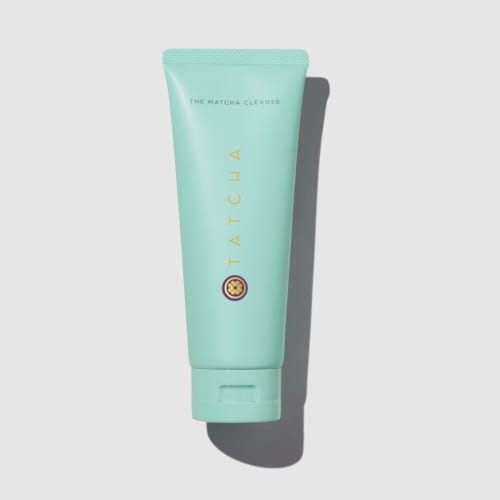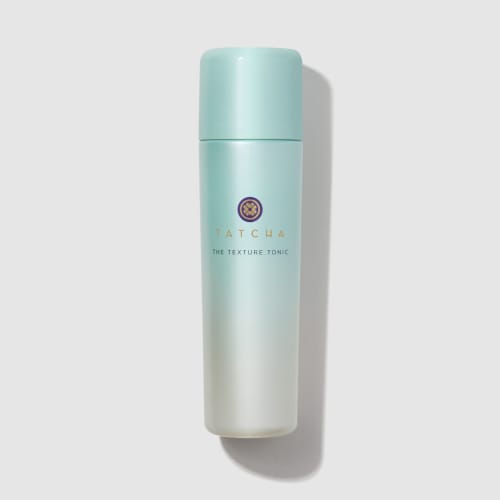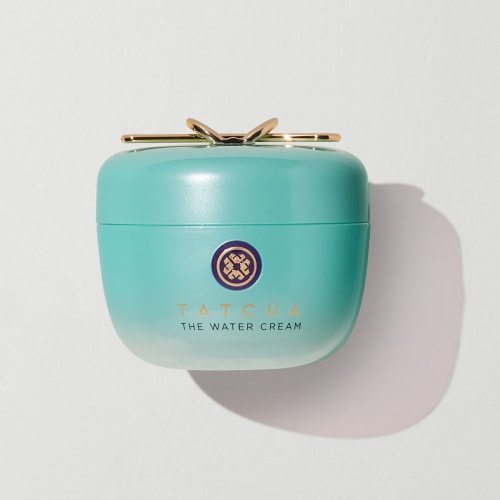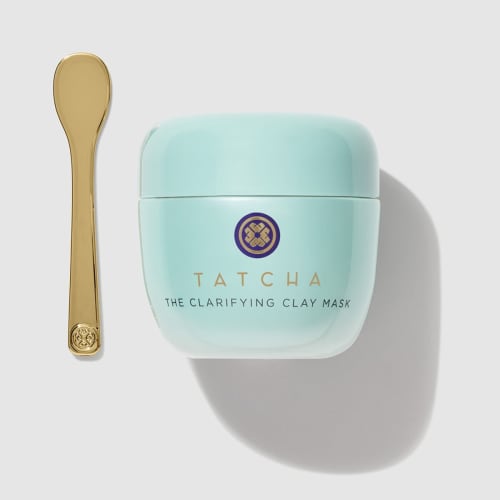Blemishes can be caused by a variety of things, and are a fact of life. But choosing the right skincare products can help you keep breakouts at arm’s length.
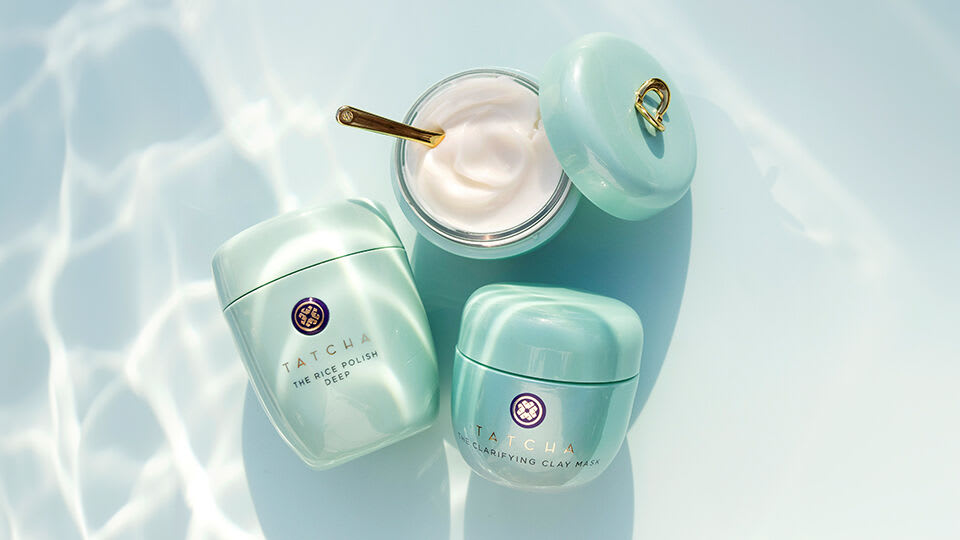
Blemishes happen to all of us. But to some of us, they happen more often than not. We call ourselves blemish-prone. And in addition to our usual skincare routines for morning and night, we make active choices about the products we use to make sure blemishes stay away.
The word blemish, from the French blessmiss—to make angry—might be the most polite way to refer to many types of skin blemishes like acne, pimples, zits, and all of the other names we ascribe to those skin reactions that cause small unusual bumps. A bit ironique, considering that the word we now associate with acne connotes an imperfection or something else wrong. And while acne can be caused by imbalances in the skin, it’s common enough for all of us not to make it such a big deal. These are not mountains. They’re even much smaller than molehills.
Still, those who deal with blemish- or acne-prone skin know that not all skincare products are created for the same skin type. All of us need to choose the right cleanser and moisturizer for our skin, but how we do so is up to us—and, usually, to the specifics of our skin’s behavior. A dermatologist should be your first stop on your skincare journey, but the following guide can help shed a little light on the acne-prone skin type, and some of the common skincare choices (and the optimal acne skincare routine!) made by those who have it.
What is blemish-prone skin?
Blemish-prone skin is another term for oily skin, which is one of the major skin types. Oily skin is usually categorized by skin that produces more sebum than so-called “normal” skin, but there are a few ways to glean more information about how your skin behaves at baseline.
“Oil” is a poetic name for sebum, the waxy substance made of lipids like cholesterol, squalane, and glycerides that is secreted from sebaceous glands that sit within pores and hair follicles. Sebaceous glands are an important mechanism that our skin uses to moisturize and protect itself. Many of our sebaceous glands can be found on our faces and scalps, though there are a few places we don’t have sebaceous glands—like on our lips, or the bottoms of our feet.
Sebum is a protective substance that helps to seal moisture by shoring up our skin barrier. In other words, it’s a good thing to have. But those with oily skin can have too much of it, and too much can lead to a higher incidence of breakouts. While oily skin can be a genetic trait, it can also be influenced by the environment around us—the climate, for instance—and our own behaviors—like how we take care of our skin.
How do blemishes occur?
You’re unlikely to find the term “blemish” in dermatology coursework. Generally, when we’re talking about a blemish, we’re talking about a form of acne, which is described most concisely as a blocked hair follicle.
The pores that dot our skin are small channels that house sebaceous glands and hair follicles; they help traffic sebum up and out of skin. When sebum and dead skin clogs a pore, it may become what is called “common acne”, though there are a few types.
Blackheads and whiteheads are caused by sebum buildup, and are distinguished by whether or not they’re open (and black) or closed (and white). When an infectious bacteria is introduced, it can cause a more robust infection, resulting in other forms of acne like papules and pustules that are painful to the touch. If you need help identifying what kind of blemish has popped up on you, head to your nearest dermatologist’s office to find out.
What are the most important blemish skincare steps?
Perhaps the most important thing to do in the face of acne is: Not panic! Breakouts happen to all of us, and usually fix themselves on their own. But if you identify with the oily skin type, and find yourself devoting more time to quelling breakouts than you’d like, you might want to consider some of the skincare products for oily skin, which are popular among those with acne-prone skin. A few common switches include:
Cleansing with a gel.
Dermatologists at the University of Florida Health once proclaimed that “the most important thing you can do for oily skin is to keep your skin clean.” Those with oily skin may want a cleansing formula with more reach than surface-level face washes—something that can cleanse pores deeply, ensuring they remain clear of acne-causing buildup. Gel cleansers are usually the ones for the job.
Water-based gel cleansers are slippery, clear, and tend to foam up. Tatcha’s brand new Matcha Cleanse is a soapless gel that corporates Japanese botanical ingredients—like a powdered green tea that nourishes with antioxidants, or a coix seed with detoxifying chemical powers—to wash and balance out oily skin. After rinsing, skin feels clean, but not stripped of essential moisture—and slick oily spots are likely to have disappeared.
Exfoliating with acids.
There’s a reason that the inventors of alpha hydroxy acids have been honored all over the world. Their contribution to skincare includes one of the most popular exfoliating acids of all time—and it’s a boon for those with oily skin. AHAs, as they’re known, help to “peel” the skin by breaking down the bonds between old and new skin cells. Exfoliation is essential for all skin types, but the ease of AHAs and their efficacy in removing dead skin makes them great for oily skin.
They’re commonly recommended to those with oily and acne-prone skin, especially in the form of a daily treatment. A product like the Texture Tonic, which takes the form of a lightweight daily toner, allows you to fit gentle exfoliation into your regular skincare routine—right between cleansing and moisturizing. Its AHAs come from a cornucopia of fruit sources proven to resurface uneven and dull skin—leaving it smooth and radiant.
Moisturizing with water
Sure, the idea of moisturizing with nothing but water may sound counterintuitive, or downright impossible. And yet it's the animating idea behind the Water Cream, Tatcha’s best-selling moisturizer for oily skin. This lightweight, oil-free cream has a bursting effect when applied, flooding the skin with vital and necessary hydration. It’s also beloved for its powerful superplant ingredients that address traits commonly found in oily skin, like antioxidant-rich wild rose (which has the benefit of smoothing the appearance of large pores) and anti-inflammatory heartleaf extract (a natural azelaic acid alternative).
Masking with clay
When it comes to natural ingredients that help oily skin, you can’t beat clay. Clay helps absorb excess oil, and is said to also draw impurities out of the skin. Anyone who has used a clay mask can attest to its drying powers, which is why it’s not usually a daily ingredient. Instead, it's suited for more irregular use, like in a face mask.
The Clarifying Clay Mask, formulated as a treatment for oily skin, uses marine mineral-rich kucha clay sourced from the islands of Okinawa. For centuries prior, Okinawan women have cherished kucha clay for its superb oil-absorbing properties, using it as a hair powder or face mask. When mixed with volcanic ash and exfoliating Japanese konjac, it makes for smoother, clearer skin in no more than three minutes. 180 seconds per week may not alone calm oily or blemish-prone skin, but good holistic skincare habits will.


